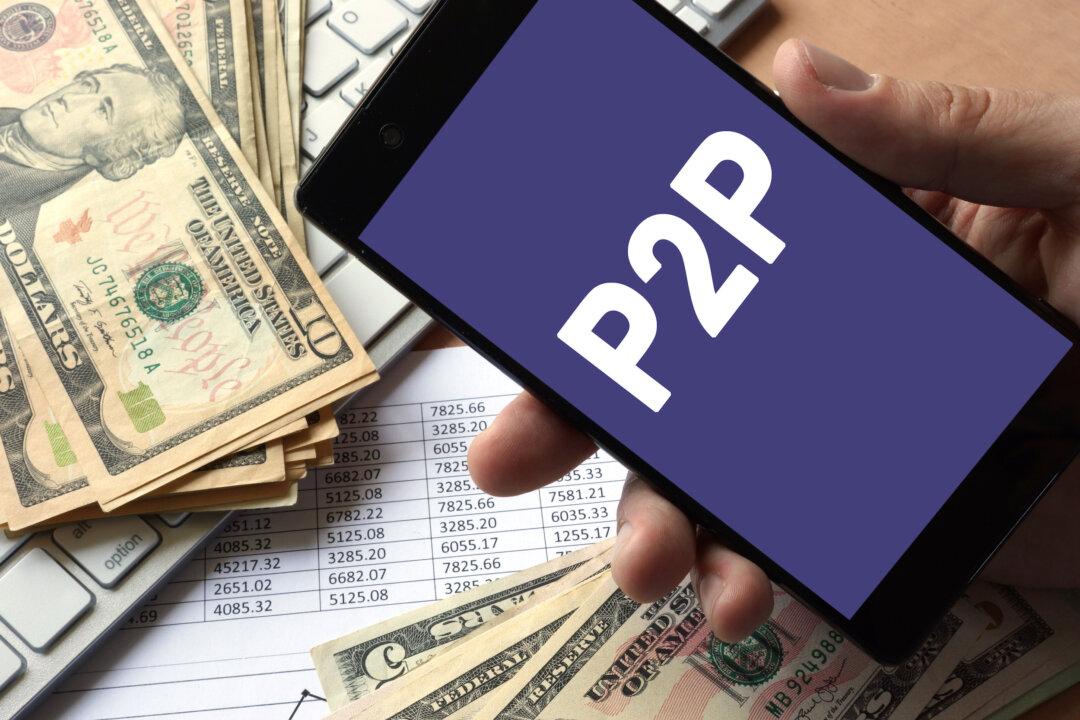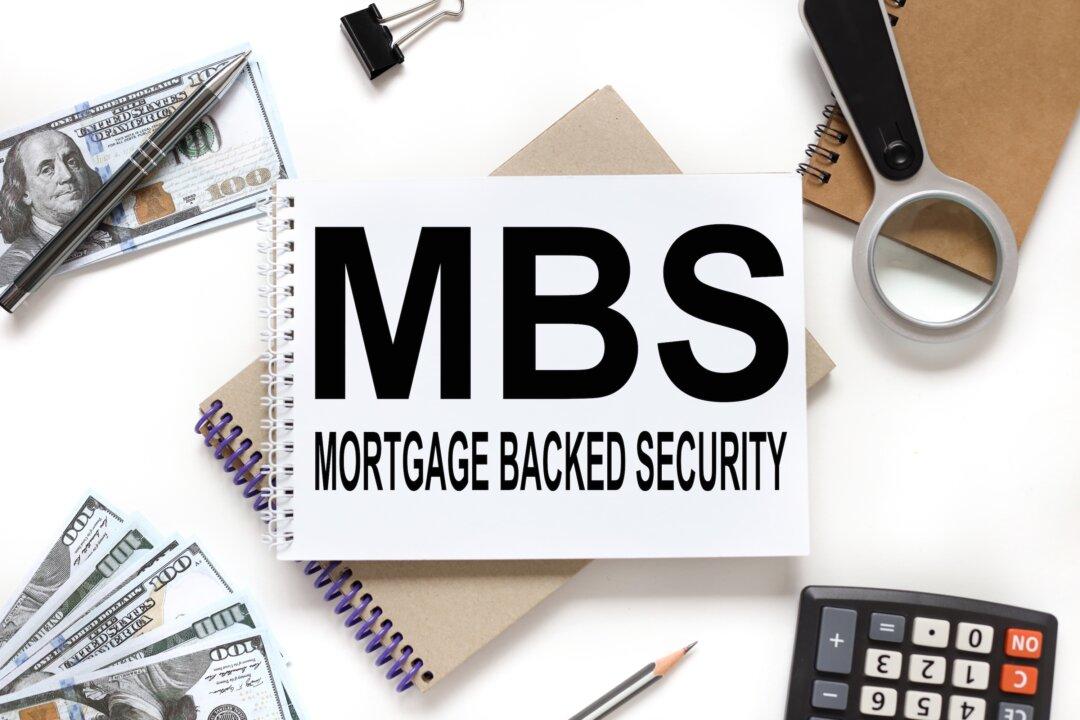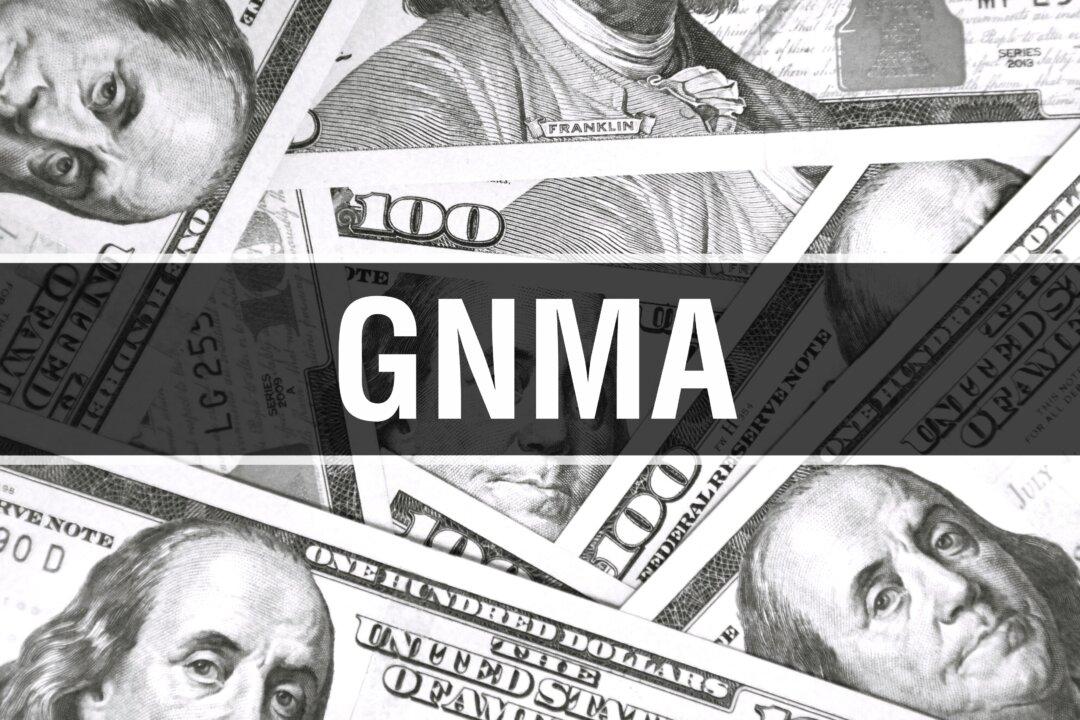What do you think of this investment opportunity? You loan your hard-earned cash to a stranger whom you will never meet. The loan is unsecured, so you will not hold a mortgage lien or any type of collateral to secure the repayment of the loan. If the borrower defaults, you cannot file a collection lawsuit. You will have no control over the collection efforts. A third-party servicer (who arranged the loan) will decide whether to make any collection efforts, or write off the loan on your behalf. Sound appealing? Of course not, but don’t turn to the next chapter just yet: you may feel differently if you read the next few pages. After accounting for defaults, investors who diversify among many small loans can make net returns of 5 to 10 percent just sitting at a computer.
Summary Points
- Specialized Knowledge: None
- Minimum Capital Requirement: $2,500
- Scalability: Yes
- Liquidity: Limited; resale of the accounts is not well organized
- Priority over other forms of debt: Not secured by a lien
- Barriers to Entry: Not available in some states, and in some States open only to “Qualified Investors”
What is Peer-to-Peer Lending?
Peer-to-peer lenders such as Prosper provide online marketplaces that originate loans of up to $35,000 and offer investors an opportunity to participate by financing a portion of the loan. Their goal is to “disrupt” or transform the traditional bank lending industry to reduce costs and increase transparency and efficiency. Through their websites, they connect borrowers and investors and provide related services including screening and grading borrowers, and collecting and processing monthly payments for the investors.
The idea is simple and appealing: Use the Internet to cut out the middleman (banks) from typical loans. Under the traditional banking system, investors deposit their extra money in banks and earn a very low interest rate (recently under 1 percent). The bank then loans the funds to borrowers at higher rates of interest based on the borrower’s credit history. The bank sets the interest rate based on various factors such as the borrower’s credit score, income level, employment history, and the length of the loan.
Higher risk loans earn higher interest to offset the higher risk of default. The bank takes on the risk of default, collects the loan payments, and makes a profit based on the difference between the low interest rate that it pays to investors for their deposits and the high interest rate that it charges on the loans.
The peer-to-peer investment model allows the investor to take on the role of the banker and earn an attractive rate of interest. In some ways, it is the Uber of loans.





